|
Sunday 16th July 2017
We'd been checking the weather for the past week and on Thursday, we could see that weather conditions were looking perfect for us to sail to Crookhaven, Ireland (250 nautical miles) between Sunday to late Tuesday. Mattis' family live just a few miles down the road from Crookhaven and also it was great place for us to anchor as it's sheltered. We decided that we would go for it. If we had waited another day or so, it would have meant that we'd still be waiting around Plymouth for another week as there were north westerly winds approaching (Force 7). We were hoping to have a few shakedowns and get used to our new equipment, but we didn't have time. We said our goodbyes to everyone at the marina and it has been an absolute pleasure getting to know people there. So many different types of people, everyone was so friendly and always there to help, whether you need a specific tool, offer advice or ask about the kind of work we are doing on our boat or different places to travel to, giving us insight into their experiences. Lots of people came down to our pontoon to see us and others were up on the hill ready to wave us off. We had some help getting out of our pontoon, by 'walking us out'. 1200: We slipped the lines and piloted from Southdown Marina using the engine. The excitement of sailing! This was our first time sailing Jingo since the beginning of April 2016. 1500: We'd been motoring for the first three hours having set a course for three miles south of the Lizard. Visibility was good and we got ready to hoist the mainsail. 1650: The weatherwas glorious and we switched off the engine. We were now sailing at 4.5 knots with our new sails. There were points from the early evening and throughout the night when we needed to turn the engine back on and motor as the wind had dropped. At times, our speed would fluctuate between 4 and 2 knots. The evening was very calm and quiet. 0100: We were just south west of the Lizard and had our first sighting of dolphins. 0610: We were just about ready to cross the southern tail of the Traffic Separation Scheme (TSS), between Land's End and the Isles of Scilly. We managed to cross the 15nm with very little traffic in the shipping lanes. We only saw shipping vessel. This is was most nerve wracking part for us as we weren't really sure what to expect. 0840: Once we were through the shipping lanes, we set a course for the Fastnet Rock. 1200: We set up our Hydrovane. For friends and family who don't know or don't sail, the best way I could explain the Hydrovane was that it's like having cruise control for your boat. 1) You set your sails to the course that you want and then you set the vane of the Hydrovane to face the wind of that direction. 2) The Hydrovane then takes over your tiller by using it's own rudder as well as ours and away you go. Neither of us had every used one of these before and what a huge difference it makes! We had more freedom to do jobs and check various parts of the boat such as the bilges, the rigging, also write log entries, make food and drink without waking up the other person if they are asleep. Maybe even sit together on the foredeck and watch dolphins and whales. As long as one of us was still on watch and checking every few minutes or so for other vessels we were more free to keep up with other jobs that we needed to do. We had about 10 or so dolphins keeping us company from the Isles of Scilly to Ireland. We could hear them chatting away to each other when we were below decks and they were just on the other side of the hull, next to us. Unreal. 0900: We could see landfall and not long after we could start to see the Fastnet Rock. 1500: We were past the Fastnet Rock and piloted into Crookhaven. There were lots of dinghies sailing near the entrance of Crookhaven, very busy this time of year with visitors from all over Europe, but we had no problem manoeuvring through. 15:30: We tied onto a buoy in Crookhaven. We weren't entirely sure if we'd tied onto a private mooring, so we anchored instead a few metres south of where we were. 1710: Jingo was now anchored south west of Rock Island in Crookhaven.
We had such a great trip compared to our last sail in April 2016
- We'd driven three or so hours after work on Friday to get to Chichester and by the time we arrived it was quite late - We didn't eat a proper dinner that night or have a decent breakfast the next morning when we were going to sail back with Jingo - The morning when we were going to leave Chichester, we decided that we'd go as early as possible, 0700. However, when we were doing our pre-departure checks, we realised that the steaming light at the top of the mast wasn't working. The bulb had gone. We couldn't leave Chichester without having a functioning steaming light for our overnight sail. It would have been dangerous and irresponsible of us if we did as other vessels wouldn't see us. The nearest chandlery was open at 0900, so we waited until then and then we tried to work as fast as we could. I hoisted Mattis up the mast and we soon had new, working steaming light - We were all set to go and headed off at 1030. We went through the lock without any problems. However, when the harbourmaster asked us for our boat's name, within a minute or two I got a 'ping' on my phone. We'd barely been through the lock. We received an email from the marina with an invoice for £430 visitors fees. When we bought Jingo in March 2016, the broker mentioned that the previous owner had paid the berthing fees until September 2016 and we'd have nothing to worry about, that it was 'all sorted'. We tried contacting the broker several times after that, to get confirmation from the previous owner, something in writing to say that all marina fees had been paid for upfront. Sadly, to no avail. So once we read the email from the marina, we forwarded it onto the broker straight away and they emailed us back to say that it was our own fault and we should have been paying from when we bought Jingo. We were shocked, didn't know what to say. As long as we, the new owners knew that we had to start a new contract for the berth, that would have been fine, but the fact that we had to pay a month's worth of visitors fees, as opposed to berthing fees in Chichester, which isn't cheap, completely threw us. We felt the brokers had done a number on us and the marina was absolutely right to say that we had to pay. At that point we couldn't wait to get out of Chichester. - For the four weekends beforehand, in March 2016, we were driving back and forth from Plymouth to work on the recommendations suggested by the surveyor to make our boat seaworthy. Looking back now, we would wait until the marina cafe was open to be able to use their toilets, not have a wash all weekend, when actually if we'd known we should have been paying, we would have had full facilities, showers etc available to us. It definitely would have helped our morale, to be able to have a hot shower when it was less the 10 degrees in March working outside on our boat from Friday evening until Sunday afternoon when we'd drive back. Anyway, such a shame as it wasn't a very nice experience for both of us, for me this was my first time being anywhere near a boat, let alone owning one. We were out of there...onwards and upwards! - Back to our trip from Chichester to Plymouth. At 1100, we'd been motoring for half an hour and we came across the sand bar, which is at Chichester's estuary. The tide was going out which was in our favour, but the winds were coming from the opposite direction, the south west. Jingo started rocking up and down across the waves and that was it for me. It was my first time sailing and having conversations before with others who sail as well as with Mattis, I knew a little bit about seasickness. The initial signs of seasickness includes yawning, not being to give eye contact and then the onset of nausea and eventually vomiting. I had everything and started vomiting as soon as we hit the bar and did so consistently for the next 18 hours. There were plenty of precautions that we should have taken before a trip like that, such as; have a good night's sleep, eat a decent breakfast, start taking seasickness tablets the night before and two hours before setting sail, keeping well hydrated at all times and maybe have something like ginger sweets to hand to offset the feeling of nausea. I didn't do any of those things, actually just one, I took a seasickness tablet but it was just that little bit too late. - Mattis has had a lifetime's worth of sailing compared to me and he'd only once ever got a touch of the yawns, no seasickness. I thought well it can't be that bad, I'll be fine. I'd never felt so horrific like that before and will never ever want to again. Mattis could see that there was no coming back for me, so he pretty much sailed us non-stop for 30 hours back to Plymouth under engine, with practically no sleep. After we arrived in Plymouth, I was then land sick for the next two days, but all of this didn't put me off sailing. If anything, it had made me more determined, it couldn't get much worse than that? I've since done everything by the book and more. Touch wood, I have gotten better every time I've been out sailing, whether that was out on the dinghies, doing my day skipper practical or doing the yacht delivery from Brighton to Brixham. Our 250nm trip from Cornwall to Ireland was the best ever, I wasn't sick! I was barely even nauseous this time - We had a few instruments that weren't working at the time. We had no working depth sounder so we used charts for depth and no working compass lights - With no lightbulbs in the compasses, it made it extremely difficult for Mattis to navigate through the night. With the light from a mobile phone screen and flashing it onto the compass every 30 - 60 seconds to check our bearing, it became tiring very quickly, but he did it - I was just about awake and with it enough in the morning to take over the tiller and let Mattis sleep for a while - We were about 12nm from Plymouth and our engine ceased. We thought we ran out of fuel, so we poured more fuel in the tank, but that didn't seem to be the problem. We didn't figure out what the problem was until a couple of months later (we changed the different filters and we later discovered that there was some dirt in the housing inlet of the primary filter element). There was very little to no wind, so we did the best we could to sail the last few miles to Plymouth. It took us 4 hours to get to our mooring - It was an exhausting 30 hours for both of us, but what a place to start! Since then, we've updated Jingo for our long distance sailing, bought all the equipment we think we need, done as many of the sailing courses as we could and gotten to know our boat inside out Now all we have to do is sail..... Having left Cornwall and we're now in Ireland, it feels as though we've been set free. Now is our time to go wherever we want, whenever we want. We still can't believe we're here and we're actually doing this. We hope to never ever take this feeling for granted and make sure we enjoy every moment, even when it's pouring with rain or when we have breakdowns. Having the Hydrovane has really transformed the way we are going to sail. It's almost as if we have a third crew member, who relentlessly works with the wind. That and new sails are allowing us to slice through the water. There are no jerky movements and the way that Contessa 32s are built, we're not slamming back on top of the water every time we come up above a wave. Jingo comes first in everything that we do, she is our home, our vessel. Ultimately, our boat will be the one taking care of us when we're at sea. Whist we're in Ireland, we're going to explore the west coast a little and in two weeks time we plan to head south to somewhere near Porto, Portugal...
5 Comments
Before we went back in the water, Mattis installed two of our old chainplates to the foredeck for the inner forestay. Our anchor will have secondary use of the chainplates. Months ago, we toyed with the idea of having a windlass for the anchor, but in the end we decided to use a chainplate to secure it when not in use. We went to Southampton and collected our...
Since then, we have been organising of all of the lockers, compartments and spaces inside the boat. Tools and spares are going to be kept in the forepeak, medical equipment and food are going to be kept in the aft lockers and clothes will be kept in the compartments behind the seating areas. We've written a detailed inventory and aim to keep it up to date. This is especially important for emergency situations when we need to find something quickly, such as bandages for cuts or wooden bungs to stop a leak. Whilst we were searching through all of the compartments, we were lucky to find a Danforth anchor in one of the cockpit lockers that we didn't know about. We decided to keep it and use it as a spare (maybe use it for our outboard too). We've been testing out our new equipment as they have been arriving in the post, like the bilge pump... Jobs we did before launching on Friday the 7th July 2017... - Installed bullseye for the mainsheet traveller (as ours was broken) - Installed sheaves for the mainsheet traveller - Shortened the backstay - Installed the mast wedges (wedged the mast at partners) - Installed the mast boot (or gator) - Modified the tie bars for the chainplates (for the inner forestay) - Installed the chainplates to the foredeck - Installed a chainplate in the anchor locker - Cut the forestay and fitted the cascade block - Mocked up the purchase to tension the inner forestay - Put all the split pins in the shrouds - Put eyenut on U-bolt - Put chain in anchor locker and lashed the anchor - Recommissioned the engine after being winterised for the last 8 months - Once in the hoist, we anti-fouled underneath the keel and pads keeping Jingo upright in the cradle We'd been out of the water for 10 months so the launch was a really exciting moment for us. Now that she's back in, we're looking forward to getting to know how all of our equipment works and start sailing. We have 10 days in our berth and given ourselves time to...
- Wire up the solar panel - Do the plumbing in the galley and the heads - Install depth sounder - Install spare water tank (100 litre) - Finish rigging - Get sails on - Complete all wiring - Get rid of things that we don't need or aren't using such as our old boom, 11kg anchor, old rudder, teak cockpit grate, old propellers for boat and outboard - Fill our 3 jerry cans with diesel and a spare 5 litres of petrol for the outboard - Sell my car - Get sailing.... We have lots of fun things to look forward to on our trip... - Hammock - Snorkelling gear - Camera equipment - Reclining chair for relaxing in the sun and reflexology - Sketchbook, paints, pens, pencils - Reading books - Books to learn how to use our sextant, learn the ukulele, Portugese, Spanish, German - Lots of podcasts (especially for nightwatches) Our last few weeks in Plymouth... |
Archives
November 2021
|
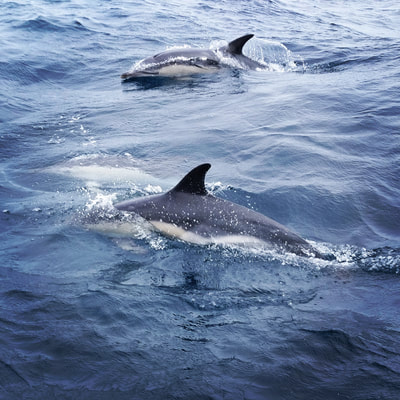
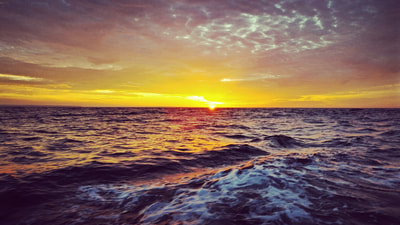





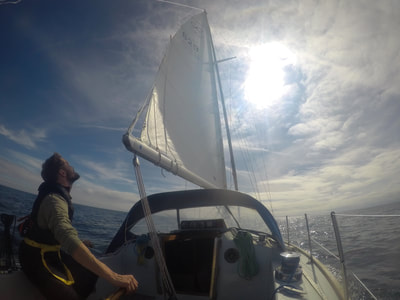



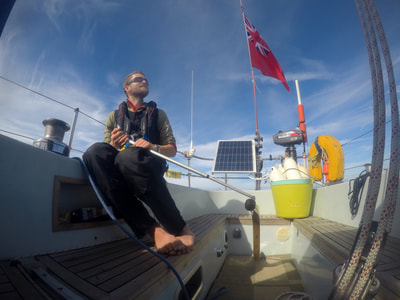
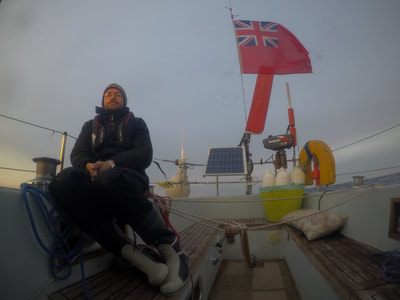
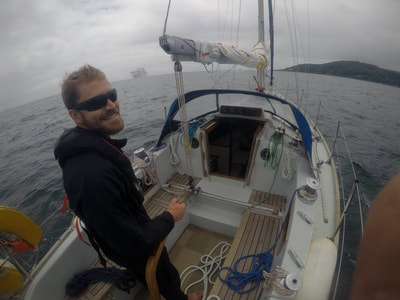
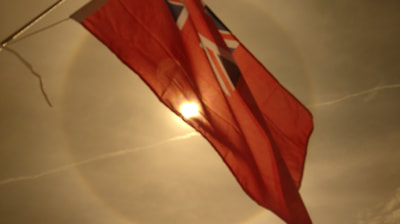



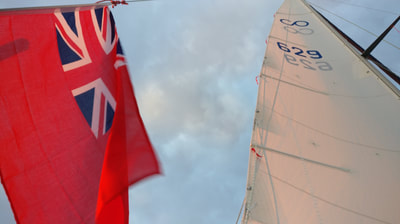


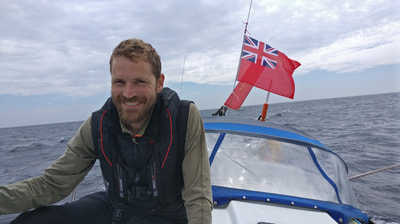
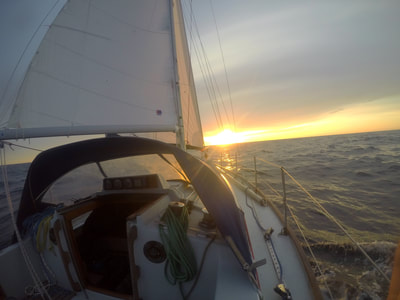

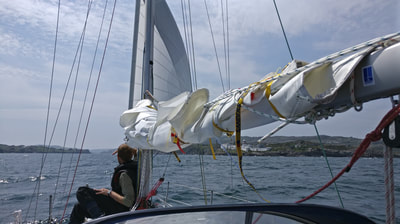

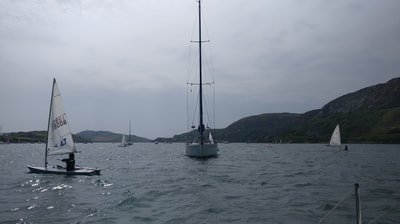
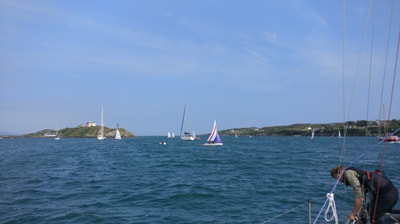


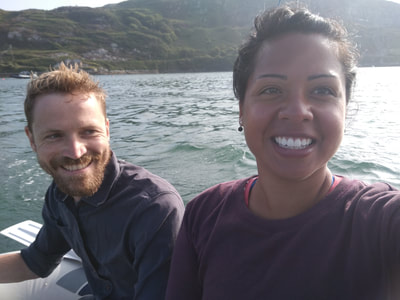
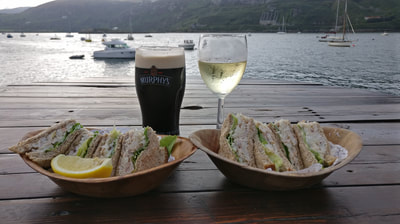


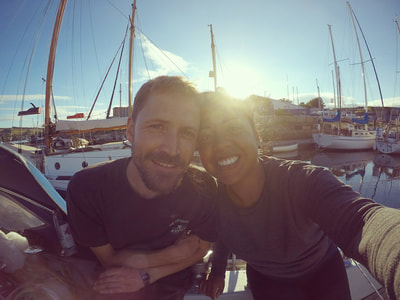

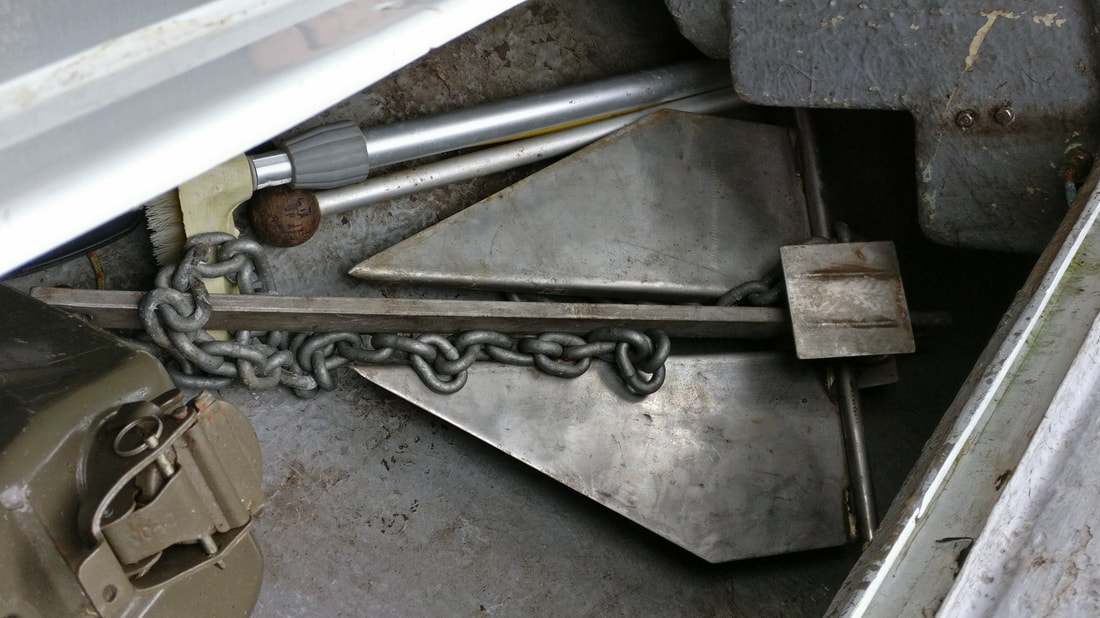





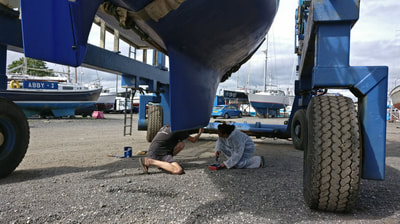


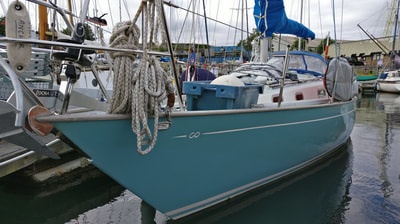


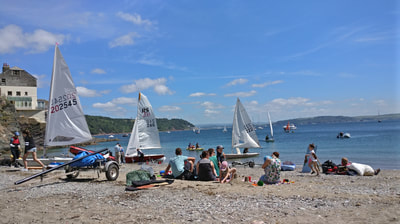
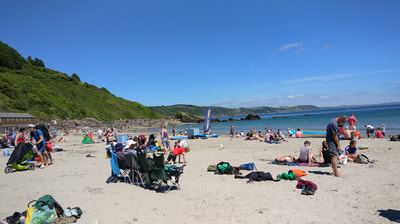

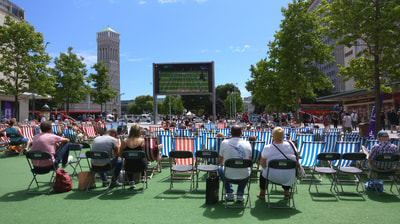
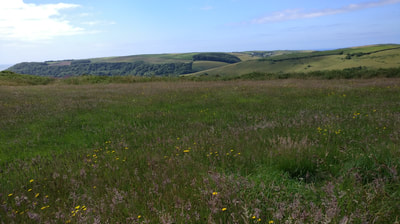

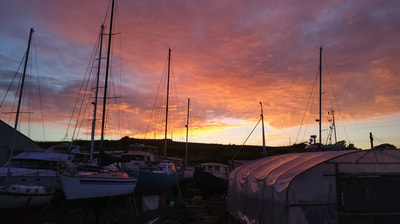
 RSS Feed
RSS Feed